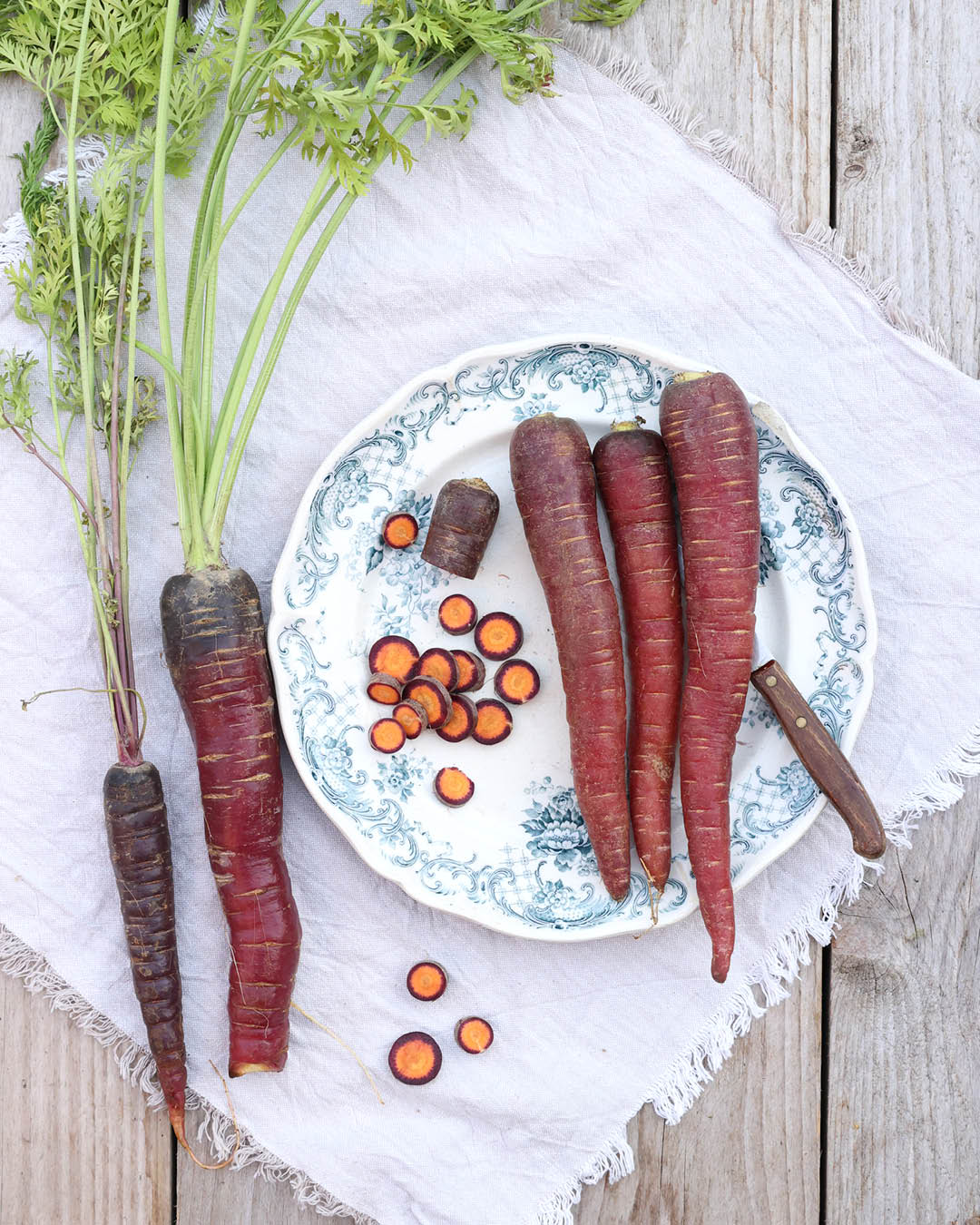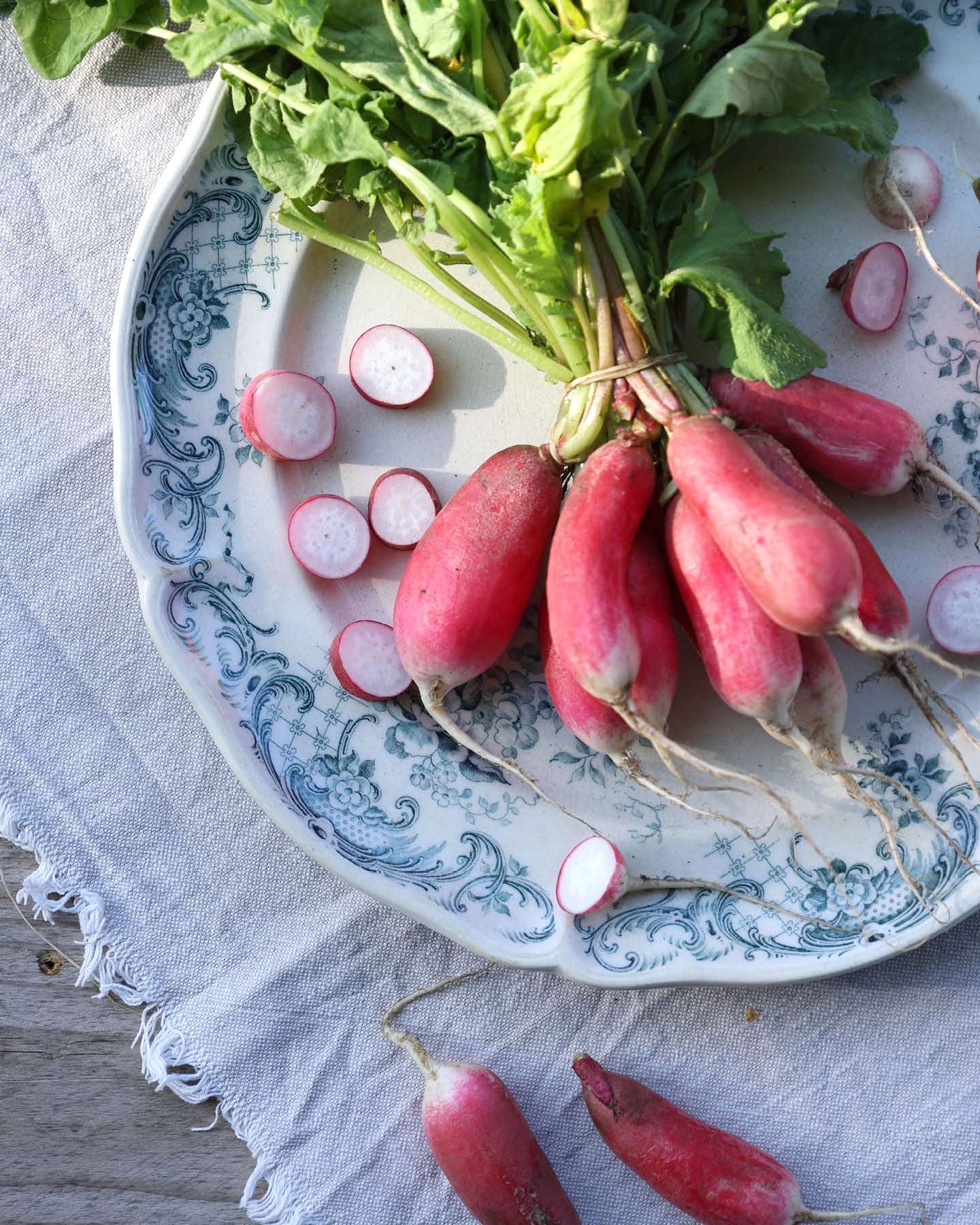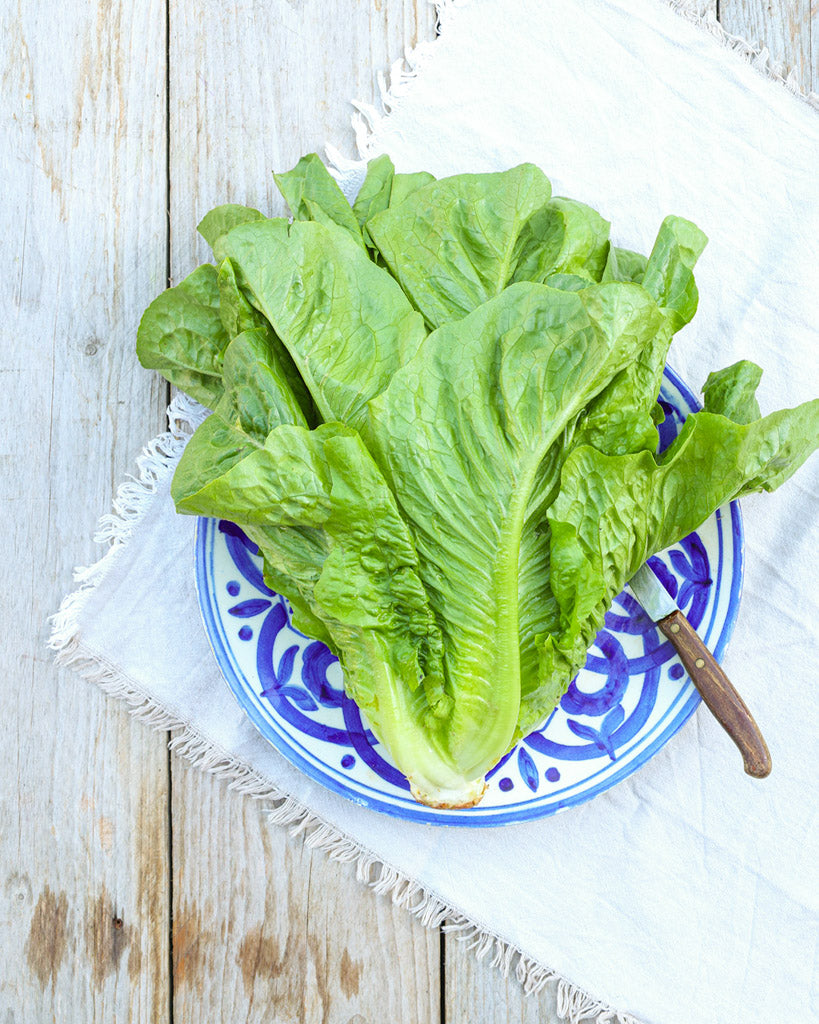The thistle – a weed with potential
The thistle is a wild herb that is often considered a nuisance in many gardens and landscapes, but upon closer inspection, it reveals many fascinating qualities. Its prickly leaves and vibrant flowers make it a striking sight. But thistles aren't just known as "weeds"; they also play an important role in nature. They provide habitat for many insect species, such as bees and butterflies, and can be used in a variety of ways in wild herb cooking and traditional medicine.

The most well-known thistle species in Europe is the spear thistle (Cirsium vulgare), which spreads in many gardens and unused areas. Despite their aggressive appearance, thistles are not just plants you want to banish from the garden. They are extremely resistant to drought and other stressful environmental conditions and occur in many different biotopes.
Use of the thistle
Thistles are not only fascinating as wild plants; they are also used in cooking and naturopathy. The roots and seeds of the thistle, in particular, are known for their health benefits. Safflower oil production has gained importance in recent years because the oil is rich in unsaturated fatty acids and is considered particularly healthy. The plant can also be used as a medicinal herb for gastrointestinal complaints and skin problems.
Combating thistles
In gardens, thistles can be a nuisance weed competitor to cultivated plants. Their deep roots make them persistent, and their seeds spread quickly. To control thistles, it's important to weed the plant regularly and ensure that no seeds penetrate the soil. Consistent care and removal of thistles before the seeds ripen will prevent further spread. Dense planting with other herbs or plants can also help compete with thistles for space.
FAQ – Frequently asked questions about thistle
1. Are thistles edible?
Yes, the young leaves and roots of the thistle are edible. They are often used in wild herb cooking, especially in salads or as an ingredient in soups. The seeds can also be eaten in certain quantities.
2. How can you remove thistles from the garden?
Thistles have very deep roots, so it's important to remove them completely. It's best to dig up the plant with its roots. To prevent spread, these plants should be removed regularly before the seeds ripen.
4. How do thistles spread?
Thistles spread primarily through their seeds, which are carried by wind or animals. Regular control and removal of the flower heads prevents the plant from spreading uncontrollably.
5. Can thistles be beneficial for bees?
Yes, thistles are a valuable food source for bees and other pollinators. Their flowers provide a rich source of pollen and nectar, especially in late summer when other plant flowers have already faded.















